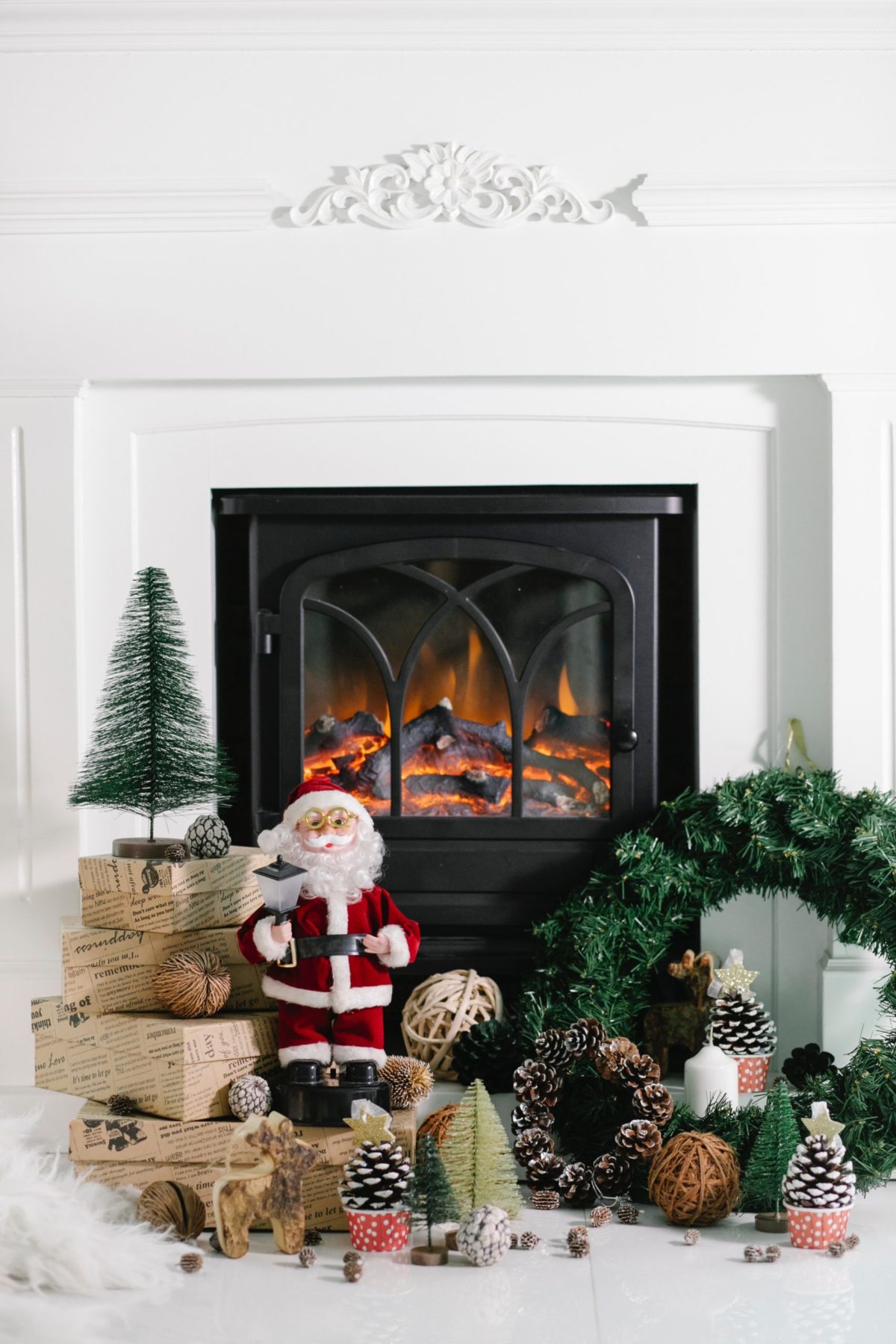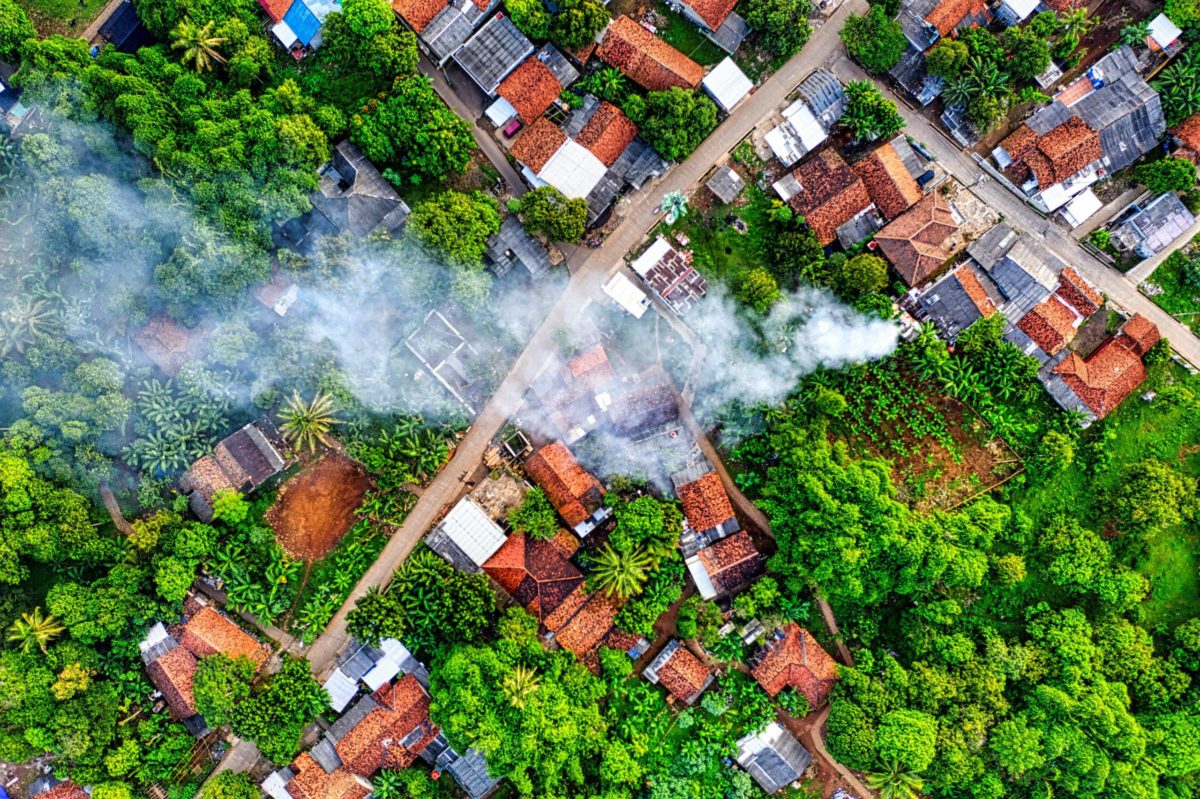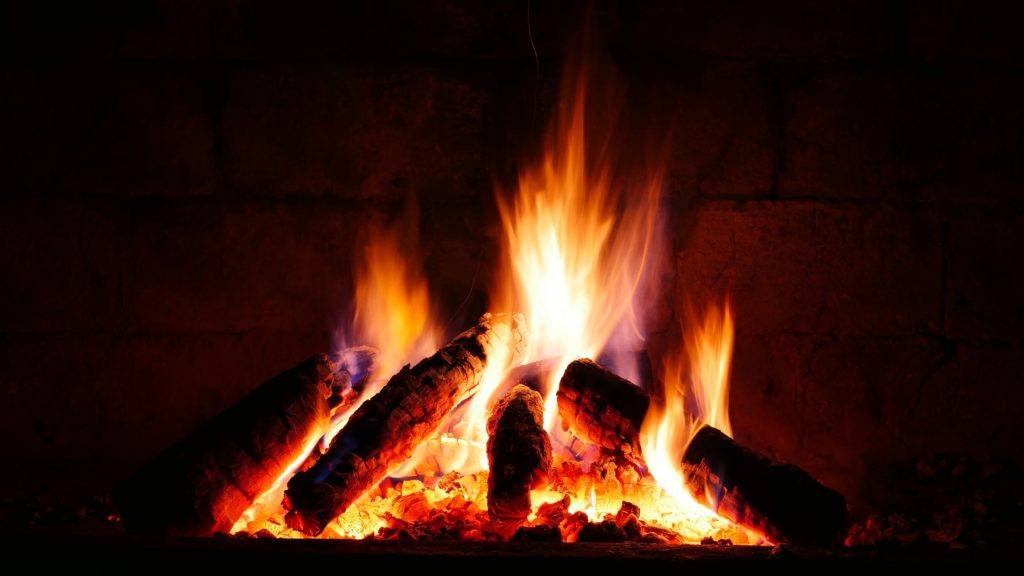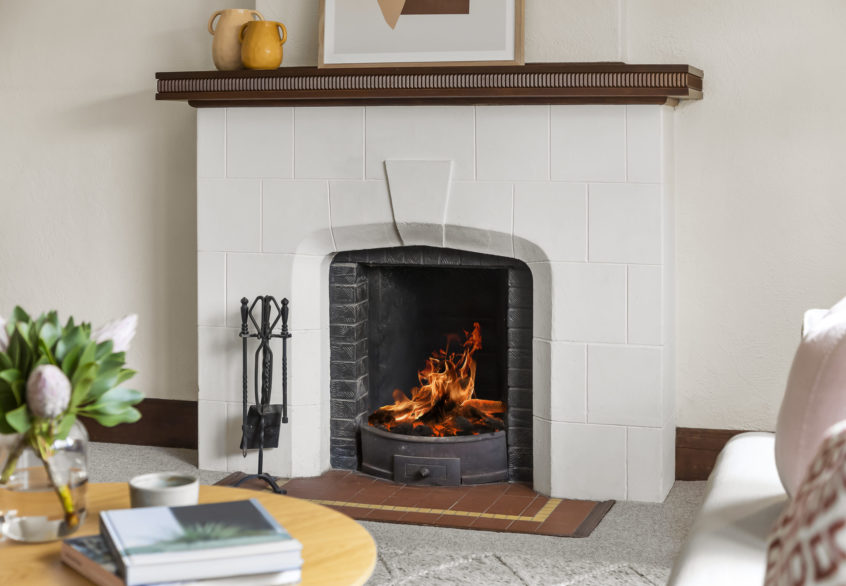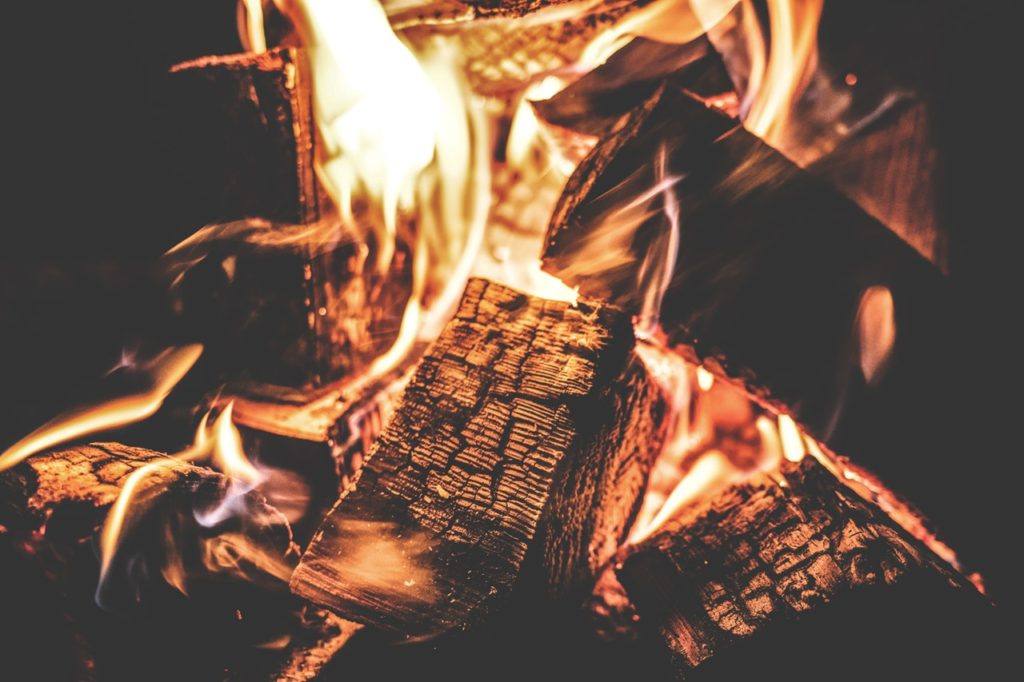Call the chimney cleaning company, because the Holiday season is almost here. For some, nothing says the Holidays more than sipping a hot cup of cocoa beside a crackling fire in the fireplace. Feeling the warmth and enjoying the glow of the embers as they waft up the chimney. Before we get too comfortable though, here are a few things to watch out for which might save lives start to learn tips on preventing chimney fires.
Preventing Chimney Fires
You May Not Notice a Chimney Fire
Did you know that most chimney fires go undetected?
Sometimes, chimney fires won’t have enough fuel or air to cause a noticeable fire. Even though there is no sign of visible combustion, these slow-burning fires reach high temperatures and can cause enormous damage to the chimney structure.
8 Main Signs that a professional chimney sweep will look for when providing chimney cleaning services and inspection
- A distorted or discolored rain cap
- Roof damage near the chimney
- Discoloration from smoke escaping through masonry joints or tile liners
- A buildup of a creosote residue: black or brown, highly combustible residue, especially if it has a puffy or “honey-comb” appearance
- Evidence of heat damage
- Cracked or compromised brickwork
- Missing cement/mortar between brickwork
- Cracked, collapsed, or missing flue tiles
Best Practice
A damaged chimney poses a danger to the home and those who live there. Regularly scheduled chimney cleaning services and inspections are the best and most proactive way to keep the chimney safe and reduce problems.
How to Prevent Chimney Fires
It’s tempting sometimes to add items to the fire especially if they give off pretty colors or cause a pop! Resist the temptation to throw anything and everything flammable into the fireplace. To prevent toxic gases and fumes in the air, buildup of flammable creosote on the chimney walls, and other combustible elements from forming, only use what is safe to burn.
6 Common Items NOT to Burn
- Cardboard – especially with printed ink, may release toxic fumes when burned.
- Unseasoned wood – also known as wet wood. Unseasoned wood contains a high percentage of water and can create thick, excessive smoke when burned.
- Christmas trees – as tempting as it might be, not only are Christmas trees unseasoned wood, if preservatives have been added to the water to prevent needle drop, this preservative is now being burned into the environment.
- Paper – can easily go airborne once it catches fire. Stray embers are a leading cause of fires. Colored paper including wrapping paper is especially dangerous as it releases carcinogens and chemical fumes.
- Painted or treated wood – when burned, painted or treated wood releases toxic chemicals into the air as well as sometimes smelling bad.
- Material products– sometimes thought of as an easy way to light a fire, materials such as clothing release dangerous carcinogens and chemical fumes because of dyes and fire retardant substances.
To enjoy a fire, burn seasoned wood, keep the damper open, and opt for an annual chimney cleaning and inspection. The cozy warmth of a fireplace in wintertime can help get us into the holiday spirit.
Schedule a Chimney Cleaning To Prevent Chimney Fires
Our services at The Irish Sweep can help safely maintain and enjoy a wood-burning fireplace and chimney for years to come.
To schedule an appointment with a professional, call us at (510)521-4088, or use this simple contact form by clicking here.

